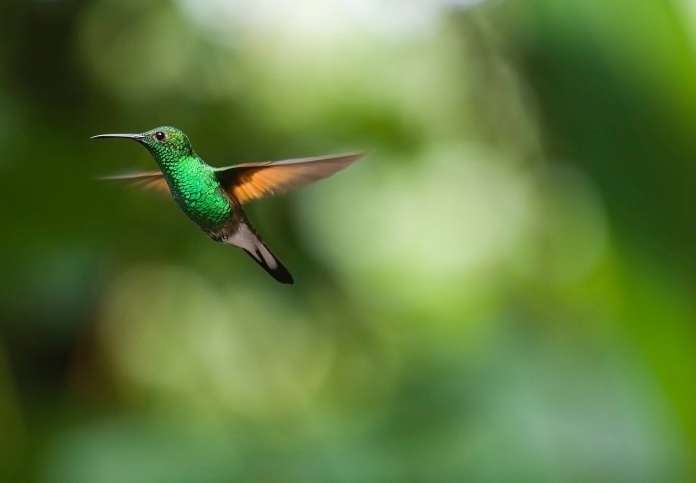Earlier this week, the EU joined 195 countries in formulating the “historic” Kunming-Montreal Global Biodiversity Framework, during the UN Biodiversity Conference COP15 in Montréal, Canada. The latest framework, supplementing previous climate agreements like the Paris Accords, has set out global goals and targets aiming “to protect and restore nature for current and future generations, ensure its sustainable use as well as spur investments for a green global economy”.
The Kunming-Montreal framework has created new tools for tackling climate change on the international level, which primarily include: “clear, measurable goals and targets, with complete monitoring, reporting, and review arrangements to track progress complemented by a robust resource mobilisation package”.
Centrally, the deal “commits the global community to actions to protect and restore nature and remove pollution”, which draws parallels to the legislative proposals under the European Green Deal.
Unpacking the 2030 and 2050 targets
The agreement sets out a broad range of targets, with most planned to be achieved by 2030. By 2030, the international community aims to:
- restore 30 per cent of degraded ecosystems globally (on land and sea);
- conserve and manage 30 per cent of areas (terrestrial, inland water, and coastal and marine);
- reduce risk from pesticides by at least 50 per cent;
- reduce nutrients lost to the environment by at least 50 per cent;
- reduce pollution risks and negative impacts of pollution from all sources to levels that are not harmful to biodiversity and ecosystem functions;
- reduce global consumption footprint, “through significantly reducing overconsumption and waste generation and halving food waste”;
- reduce the rate of introduction and establishment of invasive alien species by at least 50 per cent;
- secure the safe, legal and sustainable use and trade of wild species.
The framework also aims to stop the extinction of known species and by 2050 reduce tenfold the extinction risk and rate of all species. In addition, it sets other targets without specifying 2030 or 2050, this includes increasing green areas in urban spaces; sustainably managing areas under agriculture, aquaculture, fisheries, and forestry and substantially increasing agroecology and other biodiversity-friendly practices; and tackling climate change through “nature-based solutions“.
New financial tools
The agreement also aims to mobilise public and private financing for biodiversity from all sources, with a minimum target of 200 billion US dollars (188 billion euros) per year by 2030. The financing also addresses subsidies harmful to biodiversity, with the commitment “to identify by 2025 and eliminate by 2030” a total of at least 500 billion US dollars (470 billion euros) per year.
As part of the agreement, the EU subscribed to an “international solidarity package”, particularly for the most vulnerable countries and the most biodiverse. The new “Global Biodiversity Framework Fund” established under the Global Environment Facility will be open to financing from all sources.
In a “major step” to improve business action on biodiversity, large and transnational companies and financial institutions will be required to regularly monitor, assess and disclose risks, dependencies and impacts on biodiversity; and provide information to consumers to promote sustainable consumption.
All signatories of the agreement are now expected to implement the framework via domestic and international measures. Before the next COP in 2024, all countries are obliged to prepare updated National Biodiversity Strategies and Action Plans as well as National Biodiversity Finance Strategies. The next COPs will consider if the cumulative impact of the national actions is sufficient to reach the global goals and targets for 2030 and 2050.



